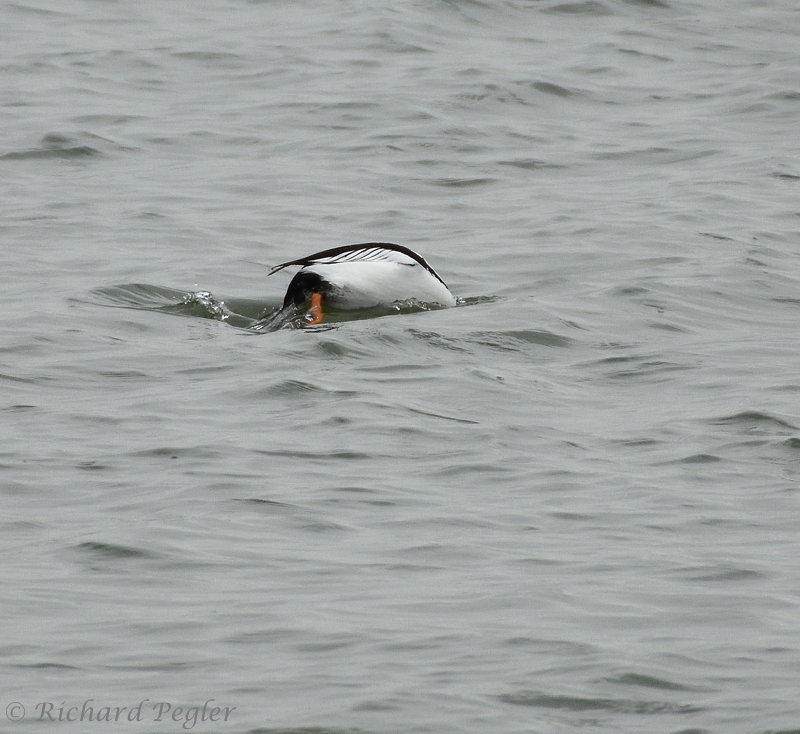When I first started birdwatching, and thumbed my way through my first bird guide, one bird that I was really taken with was the male Bluethroat - it was, in my opinion, the most beautiful of the European thrushes. I really had a hankering to see one, to the extent that I contemplated a visit to a business associate in Douai, France, who regularly had them just over the road from his home. This visit never happened, and I resigned myself to the occasional look at the bird in the Collins Bird Guide.
On 10th February, a first winter male Bluethroat was reported at Willow Tree Fen, Lincolnshire. I was a bit incapacitated at the time and didn't even check where Willow Tree Fen was, assuming it was somewhere near the coast, and a bit far away from me.
When it was still reported as being there on 19th February, I was tempted to investigate where Willow Tree Fen was, and found that it was only about a 70 mile (110 km) road journey from my home. I'm not usually a twitcher, but this bird had a corner in my heart, and as the weather forecast for the following day was quite reasonable, I made up my mind to go.
So, sorry if this is just another Bluethroat blog. If you've seen too many Bluethroat images lately, now's the time to switch off.
 I set off at around 09h30 as I had an arrangement to call in at my favourite cider maker's place, but this only meant a total diversion of around 20 miles (30 km) and this resulted in me arriving at the entrance to Willow Tree Fen a couple of minutes before mid-day. There were quite a few cars around when I arrived, and I could see the line of observers straddling the track from the road side.
I set off at around 09h30 as I had an arrangement to call in at my favourite cider maker's place, but this only meant a total diversion of around 20 miles (30 km) and this resulted in me arriving at the entrance to Willow Tree Fen a couple of minutes before mid-day. There were quite a few cars around when I arrived, and I could see the line of observers straddling the track from the road side.
As I set off on the track, a vehicle and trailer came in the opposite direction. The farmer was moving his sheep. Fortunately, although this happened three times each way whilst I was on site, it didn't seem to result in any significant problems.
I soon joined the line-up, which consisted of just 18 people who were impressively ordered and quiet. Here's one taken as I approached.
 |
| the Bluethroat line-up - Willow Tree Fen |
I was soon filled in as to what was happening and stood patiently waiting. At 12h41 the bird emerged from the track-side reeds. WOW!!! Here's an image from that first appearance.
 |
| Bluethroat (Luscinia svecica) (first winter male) - Willow Tree Fen, Lincolnshire |
I fired off many frames during that first showing, which lasted around two minutes, but I felt that I could probably do better, so hung around. A gap in the line appeared in a more favourable position - so I filled it.
I only had to wait until 13h15 for the bird to appear again. The light levels had dropped somewhat in the interim, but I subsequently found that staying was the right decision as, in choosing which images to post on this blog, all but that first one were from the second session, which also lasted around two minutes.
 |
| Bluethroat (Luscinia svecica) (first winter male) - Willow Tree Fen, Lincolnshire |
 |
| Bluethroat (Luscinia svecica) (first winter male) - Willow Tree Fen, Lincolnshire |
To my mind, the bird looked as if it was short of a few tail feathers. In this next image you can see some of the rusty-red feathering at the base of the tail.
 |
| Bluethroat (Luscinia svecica) (first winter male) - Willow Tree Fen, Lincolnshire |
And here's a final image.
 |
| Bluethroat (Luscinia svecica) (first winter male) - Willow Tree Fen, Lincolnshire |
Did the bird live up to my expectations? No, it exceeded them by miles!! I think that this state of plumage is even more attractive than the plumage of a mature male of the species. I suspect that this will turn out to be my 'Bird of The Year'.
Thank you for dropping by. Maybe next time it WILL be those garden birds!




















